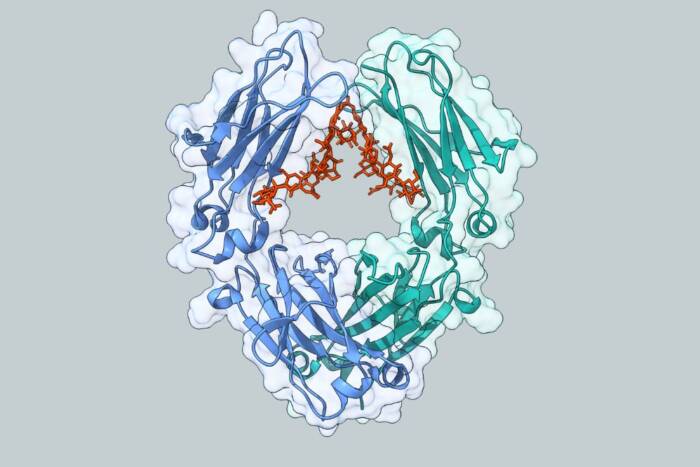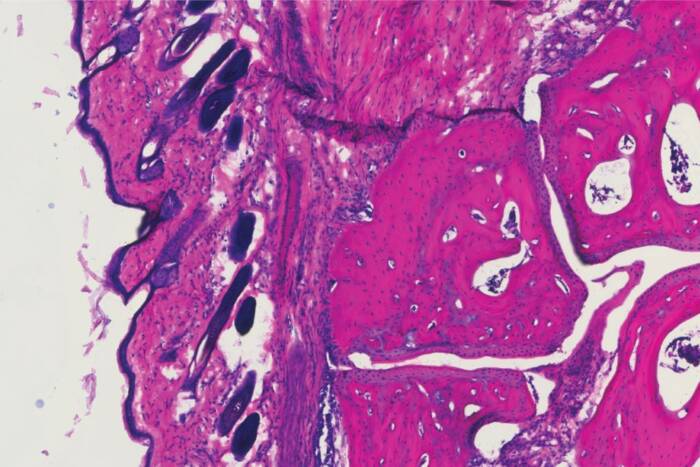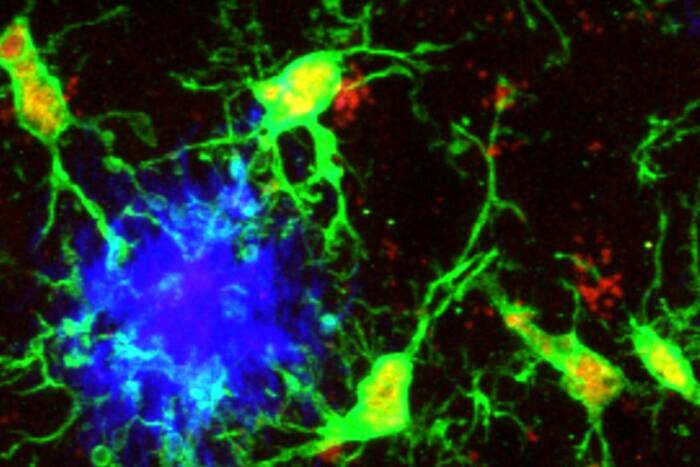Netrin molecules help neruons shed their symmetry
For years, scientists have known that netrin molecules help guide growing neurons and their axons — the long tendrils that conduct electrical signals. But new research shows that these proteins are also important for helping create the neuron’s characteristically asymmetrical shape. In a recent paper published online in Nature Neuroscience, Cori Bargmann, Rockefeller’s Torsten N. Wiesel Professor and head of the Laboratory of Neural Circuits and Behavior, and her colleagues demonstrate that, in worms, netrins have an important role in breaking the symmetry of developing neurons before their axons have even formed.
Neurons are structurally lopsided. At one end, they typically have a network of short dendrites that absorb information from the surrounding environment, and at the other end they have the long axons that carry that information to other parts of the body. But researchers had little idea as to which mechanisms were responsible for creating that asymmetry. Now, by watching a single, fluorescently tagged neuron in the worm C. elegans, the group was able to follow its development and watch the entire process of axon formation. In worms that lacked netrin, the neuron developed symmetrically and the small neurites (developing dendrites and axons) it sent out extended every which way, rather than in just one direction as those in the normal wild-type worms. This points to netrin signaling as an important player in ensuring asymmetric neuronal growth, Bargmann says, as well as in determining where the axon will emerge from the cell.
Then, in a partner paper published online in Current Biology, Bargmann and two colleagues — Marc Tessier-Lavigne of Genentech and Frank Gertler of MIT — identified how netrin causes that asymmetric growth. They found that netrin molecules outside the nerve cell target a protein inside the cell called MIG-10 and lure it to one side of the developing neuron. As a result, that side is then programmed to grow to a much greater length than the other.
Nature Neuroscience 9(4): 511-518 (April 2006)(opens in new window)
Current Biology Online: April 14, 2006(opens in new window)


